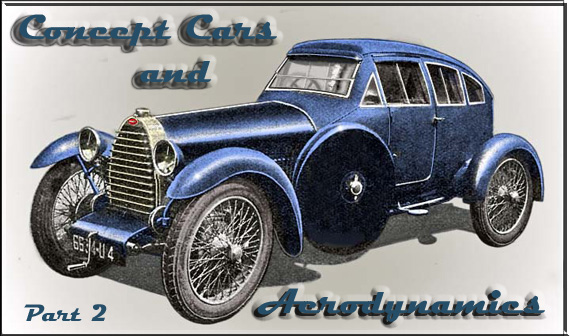After the Armistice of 1918 that ended WWI, a number of men who had made a name designing or building aircraft switched their attention to creating automobiles. Some, such as Gabriel Voisin and the brothers Henri and Maurice Farman in France, did so because they needed other products for their factories and/or new challenges for their talents. After he was discharged from the Royal Navy, British inventor and designer Charles Dennistoun Burney sought new activities, following a brilliant wartime career. For the Germans it was pure necessity, as the Treaty of Versailles implied the closure of the German aviation industry and prohibited the Germans to develop airplanes or airships, even for civilian purposes.
Rumpler’s Teardrops
Edmund Rumpler, was an Austrian automotive engineer who was well-known in post-war Germany as the manufacturer of the successful ‘Taube’ (Pigeon), a German warplane based on an original design by Igo Etrich. Rumpler also had experience in automobile design and manufacturing, having worked for Nesselsdorf (later to become Tatra), Daimler and Adler.
 In 1921 Rumpler surprised visitors at the Berliner Automobile Ausstellung with his revolutionary ‘Tropfenwagen’ (teardrop vehicle), that resembled the gondola of a Zeppelin airship. Even if the body style of the Tropfenwagen had no followers, Rumpler’s concept was of historic significance. Its original rear-engine layout combined with independent rear suspension foreshadowed other rear-engined passenger car designs during the next decennia.
In 1921 Rumpler surprised visitors at the Berliner Automobile Ausstellung with his revolutionary ‘Tropfenwagen’ (teardrop vehicle), that resembled the gondola of a Zeppelin airship. Even if the body style of the Tropfenwagen had no followers, Rumpler’s concept was of historic significance. Its original rear-engine layout combined with independent rear suspension foreshadowed other rear-engined passenger car designs during the next decennia.
